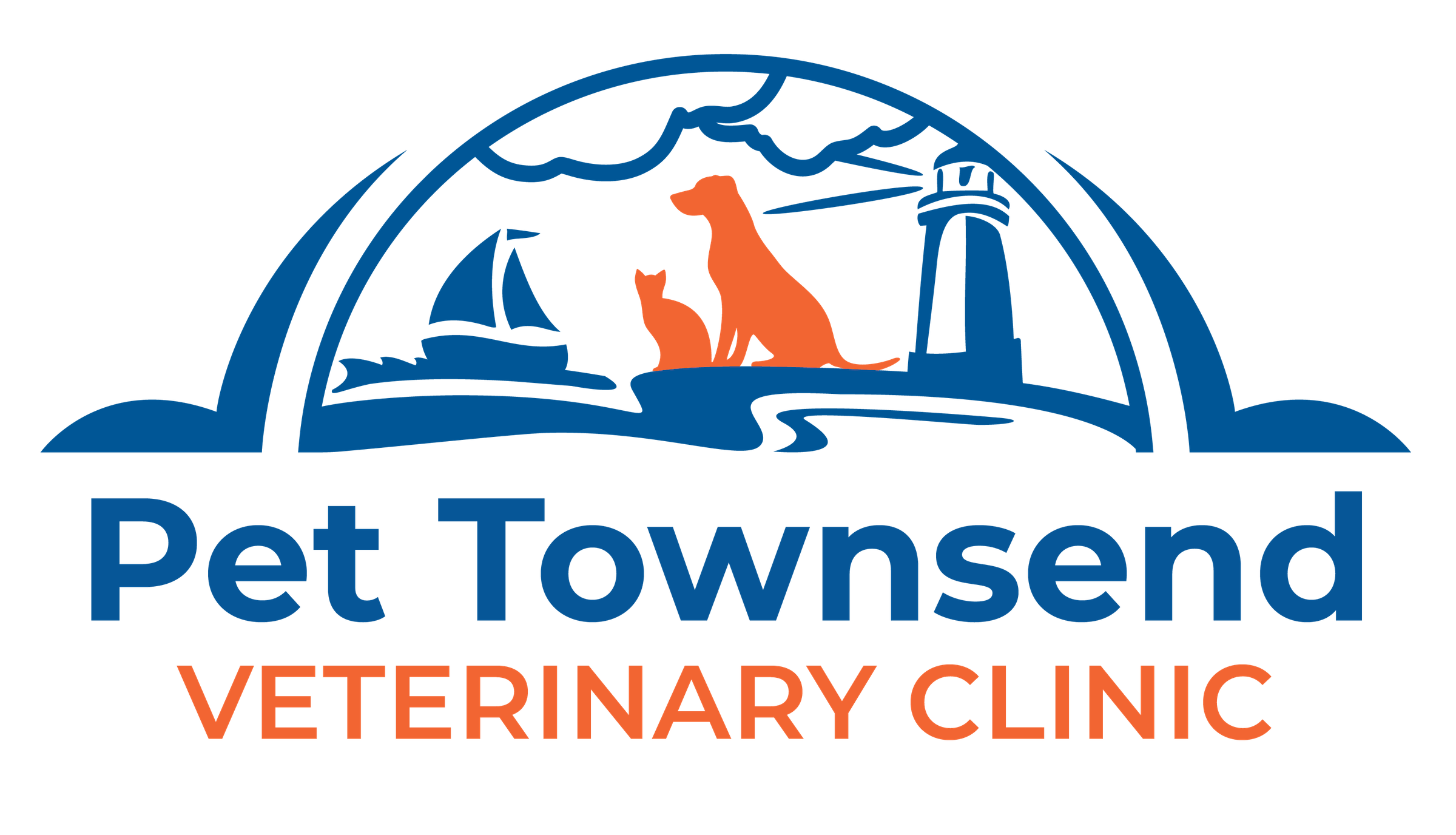Our top priority for your pet's surgery is to keep them
SAFE & HAPPY
We use state-of-the-art surgical equipment and prioritize educating our clients, so you know the appropriate aftercare for your pet.
The veterinarians and staff at Pet Townsend Veterinary Clinic understand that the decision to allow your beloved companion to undergo surgery is never one taken lightly. Please know that we will always strive to make your pet’s procedure as comfortable and as stress-free as possible, beginning with our exceptional focus on safe anesthesia and effective pain management.
Perhaps the most important pre-surgical step is to discuss why we believe a particular procedure is necessary and what it entails. Our veterinarians and their surgical nursing team will provide you with information on proper postoperative care as well as answer any planning or procedural questions you may have, so that you feel comfortable knowing you are making the right choice for your pet.
We regularly perform:
Spaying & Neutering
Tumor Removal
Gastrointestinal and abdominal surgery
Orthopedic surgery (for certain situations)
Brachiocephalic (bulldog) airway surgery
Eye surgery
Urinary Tract Surgery
Reconstructive and wound repair procedures
Cancer surgery
Skin surgery
ANESTHESIA AND MONITORING
Ensuring the health and safety of your pet during surgery is our utmost concern and requires an anesthetic and monitoring regimen that adheres to the highest principles and ideals of quality care. At Pet Townsend Veterinary Clinic, anesthesia safety is our top priority.
Prior to undergoing anesthesia, your pet is thoroughly examined and a pre-surgical blood screen is performed. The results of these tests, along with your pet’s anesthetic history, breed, pre-existing conditions, and age are used to create an individualized anesthesia protocol. At our hospitals, all patients are intubated for maximal respiratory safety, which means that we take the time to place a flexible tube into the airway, to ensure the safe delivery of gas mixture (inhalant anesthesia as well as oxygen) to our patients. During surgery, a surgical nurse closely monitors every anesthetized patient with a multi-parameter anesthesia monitor that tracks blood pressure, EKG (electrical activity of the heart), heart rate, respiratory rate, body temperature, carbon dioxide level, and oxygen saturation. All anesthesia patients receive IV fluids to help maintain blood pressure and support organ function, and all patients are warmed throughout the procedure so they wake up comfortable, with a system that is calm and at ease.
BALANCED ANESTHESIA & OTHER OPTIONS
How do we choose which anesthetic medications to use for our surgical and dental patients? Our veterinarians employ specialized anesthetic protocols for each animal, adapting to each patient’s unique needs, based on the procedure being done and the health status of that patient. Not all animals are created equal — so we must consider each individual patient and their unique history when we come up with an anesthetic plan.
At our hospitals, we employ a concept called “balanced anesthesia”, where we are generally using lower doses of medications together, in order to provide not only optimized anesthesia (temporary loss of sensation) but excellent pain and anxiety control as well.
The medication/gas combinations that we use at our hospitals have all been extensively studied and recommended by veterinary colleges, having been shown to be much safer (than using 100% gas-only anesthesia, for example). Using these medication/gas combinations have also been shown to promote a smoother and more gentle recovery for our patients. Balanced anesthesia is considered to be the standard-of-care for offering maximal veterinary patient safety. While it certainly takes a few extra steps, we wouldn’t do things any other way.
For general anesthetic procedures, will commonly start by administering an anti-anxiety (calming) medication and a pain control medication, to help our patients relax and feel more comfortable. We can then administer a dose of an IV (intravenous) medication to initiate a quick and stress-free transition into anesthesia. We then use an inhalant gas anesthetic, to maintain the state of anesthesia during the procedure. Gas anesthesia has benefits in that it allows our veterinarians to easily adjust the anesthetic depth. For our patients, this means more anesthetic control and therefore improved safety. And because we’ve already administered doses of anti-anxiety and anti-pain medications, we can use a lower (safer) dose of gas, all of which leads to a smoother and faster recovery. This is the essence of balanced anesthesia.
Some (more minor) procedures may not require general anesthesia, but even in these situations, we will still use the principles of balanced anesthesia. For example, we might use a local anesthetic block to numb an area (with lidocaine or a similar medication, for example), but many patients will still benefit from some sort of anti-anxiety medication (it can be stressful for some animals to be fully conscious during procedures, even when the area has been “numbed”) and we will also want to consider pain (what the animal will feel, once the lidocaine or anesthesia quickly wears off).
PAIN MANAGEMENT
Pain hurts, but it also has many other detrimental effects on your pet’s body. Pain slows healing, decreases activity, causes behavioral changes such as aggression, anxiety, and depression, and worsens diseases like arthritis and potentially some cancers. It also interferes with the bond between you and your pet.
At Pet Townsend Veterinary Clinic, we practice the most up-to-date pain management protocols. We administer pain medication, including opioids and NSAIDs (non-steroidal anti-inflammatory medications), before, during, and after any procedure that may cause your pet pain. Small animal patients are generally programmed to mask their pain as well as they can, so by the time we are seeing clinical signs of pain, it often means they can no longer hide or mask what’s going on. While we do not use pain medications frivolously, we prefer to be proactive when it comes to pain — to maximize the comfort of our patients, and to minimize the chance that they will experience unrecognized discomfort or silent suffering.
For acute and chronic conditions, we use all our available and safe resources, including NSAIDs, oral and injectable analgesics, laser therapy, and herbal and acupuncture therapies as indicated to provide the most complete comfort for your pet. Please see the section on multimodal pain control for a more comprehensive discussion about how we approach and manage pain at our hospitals.
POSTOPERATIVE CARE
As your pet is being discharged from the hospital, you will be provided with detailed information on how to properly care for your pet at home after surgery. Before the end of this surgical discharge, please voice any concerns that you may still have. In most cases, you will be given some sort of take-home instructions from the veterinarian. Please also know that we are also happy to answer any questions or concerns that may arise once you get your pet home — whenever possible, please call us directly. The wonderful folks at our “nearby” (Poulsbo and Silverdale) emergency clinics can also be a resource to provide guidance over the phone, should something come up after-hours.


